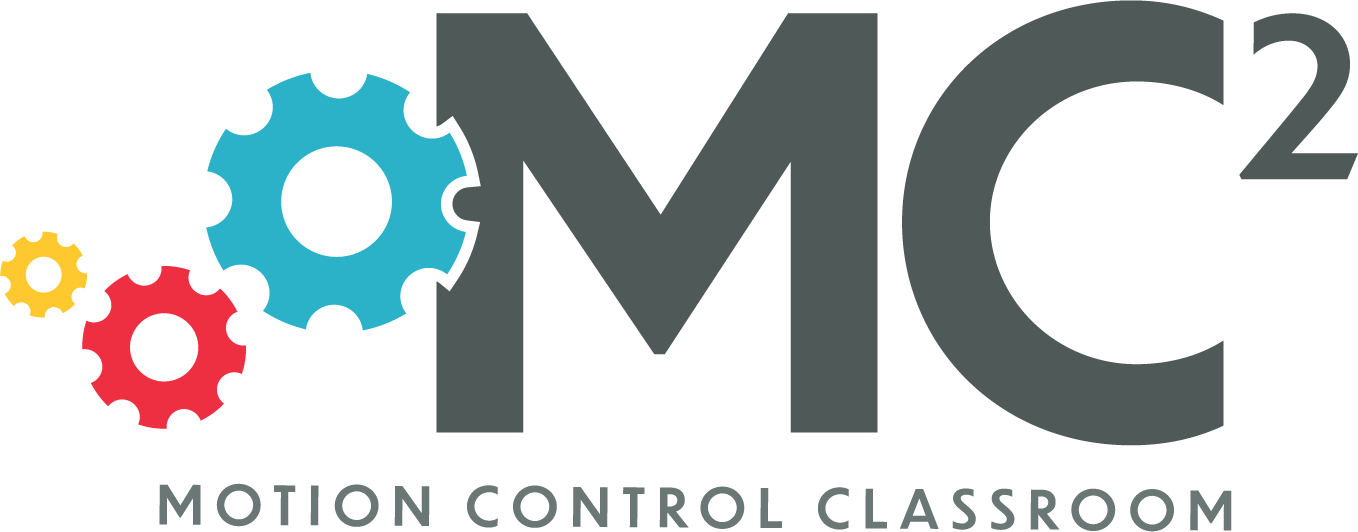

Welcome to this installment of MC² on cables for industrial applications!
A lot of modern industrial automation equipment (including multi-axis machinery and robots) operates continuously to execute motion tasks that in some cases must be repeated thousands of times a day. Such motion can ultimately stress machine components — including the electrical cabling. So in this Motion Control Classroom, we outline ways for design engineers to ensure these cables (and their connectors) can withstand the rigors of motion applications — to last as long as the motors, actuators, and controllers they connect. This MC² covers continuous-flex cable as well as:
Thanks for reading and be sure to check out the other installments in the MC² series at www.designworldonline.com/mc2.
Editor, Design World
Overview • Technical Summary • Cord Grips • Twisted Pai Cabling


How to Size and Select Cable for Motion Applications
What is flexible cabling and power cabling for industrial use?
What are cord grips?
What are the types of twisted pair cabling available today?
Cord grips are used to pass a cord or cable into an enclosure, through a bulkhead or into a control device like a switch. They seal an electrical connection from dirt, oil, moisture, dust and other contaminants.
Selecting the right cable for an application starts with a few fundamental parameters. First, determine the application type. In industrial machinery, will the cable be stationary or will it be moving?
Engineers can use a multitude of cables (including data, coaxial and instrumentation cables) in industrial settings for control networking, low and medium-voltage power transmission and distribution, and more.
The use of balanced, four twisted pair, infrastructure high-speed I/O network system copper cabling, both new and old types, is in a major transition right now.

More than any other component, cables come in customized versions to satisfy specific application requirements. The number of conductors and strands to transmit power to motors and feedback to and from sensors and controllers are just a couple cable features designers match to designs. More after the jump.

Of all the machine design details to worry about, cable carriers probably don’t top your list. Yet if you care about the reliability and uptime of moving machines, it pays to devote extra engineering attention to cable carriers and the components within them. A well-designed cable carrier will dramatically extend the life of cables and fluid power supply lines—by protecting them from damaging bends, crimping, abrasive wear and crushing.
New Connectivity • Options • IoT

New connectivity from cables and connectors for motion designs
What are some connectivity options for smart motors?
Connectivity and IoT expand control design functionality
A powerful feature of smart motors is the improved connectivity options they offer to designers of complex industrial machinery and motion control systems.
A recent survey of industry experts had many underscore that connectivity in manufacturing is nothing new … but there are significant new developments in IIoT.
Easy connections to sensors, field devices, and other automation solutions are becoming the norm in motion control.
Any machine that uses a VFD is subject to the effects of the drive’s chopped dc square-wave output signals. This article will explain how those signals affect and interact with motors and surrounding equipment, and how cables can help protect many components against the signals’ more detrimental properties.
Variable frequency drives (VFDs) run myriad machines—including industrial applications in paper mills, cement plants, mining controls, automotive plants and steel mills; environmental applications in wastewater treatment facilities and work vessels; oil and gas applications in the form of control systems for pumps, gas and diesel engines, boilers, compressors, turbines and conveyors; and HVAC applications as well.

MORE FROM THE WIREANDCABLETIPS.COM ARCHIVES
Check out the wireandcabletips.com library chronicling new cables, connectors, and strain gages — as well as their application. Also be sure to tune into the library at connectortips.com.